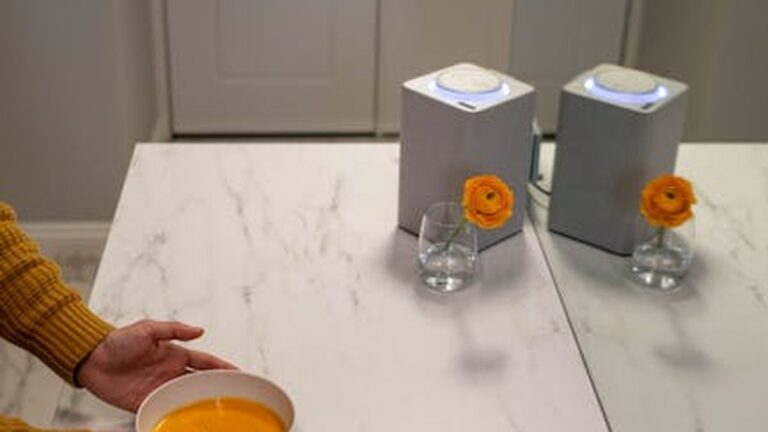Declutter Your Mind: Mindfulness Techniques for Reducing Stress & Anxiety
Introduction: Finding Peace in a Chaotic World
In today’s fast-paced world, our minds are constantly bombarded with information, expectations, and worries. This relentless mental chatter can lead to overwhelming stress and anxiety. Imagine your mind as a cluttered room; it becomes difficult to find what you need, and the overall feeling is one of chaos. Just like a physical space, our mental space needs regular decluttering. That’s where mindfulness comes in. Mindfulness is a powerful tool that allows us to observe our thoughts and feelings without judgment, creating space for peace and clarity.
What is Mindfulness?
Mindfulness is the basic human ability to be fully present, aware of where we are and what we’re doing, and not overly reactive or overwhelmed by what’s going on around us. It’s about paying attention to the present moment intentionally, without judgment. It’s not about emptying your mind, but rather about observing the contents of your mind without getting carried away by them.
Benefits of Mindfulness
Practicing mindfulness regularly can bring a wealth of benefits, including:
- Reduced Stress and Anxiety: Mindfulness helps you become aware of your stress triggers and develop healthier coping mechanisms.
- Improved Focus and Concentration: By training your attention, mindfulness can enhance your ability to focus on tasks.
- Increased Self-Awareness: Mindfulness allows you to gain a deeper understanding of your thoughts, feelings, and behaviors.
- Better Emotional Regulation: Mindfulness helps you manage your emotions more effectively, reducing reactivity and impulsivity.
- Enhanced Sleep Quality: A calmer mind often leads to better sleep.
Mindfulness Techniques for a Clutter-Free Mind
Here are some practical mindfulness techniques you can incorporate into your daily life to declutter your mind and reduce stress:
1. Mindful Breathing
Mindful breathing is a simple yet powerful technique that can be practiced anywhere, anytime. It involves focusing your attention on the sensation of your breath as it enters and leaves your body.
How to Practice:
- Find a comfortable position, either sitting or lying down.
- Close your eyes gently.
- Bring your attention to your breath. Notice the rise and fall of your chest or abdomen.
- When your mind wanders (and it will!), gently redirect your attention back to your breath.
- Start with 5 minutes and gradually increase the duration as you become more comfortable.
Tip: You can also use a guided meditation app for breathing exercises.
2. Body Scan Meditation
A body scan meditation involves bringing awareness to different parts of your body, noticing any sensations without judgment. This technique can help you become more attuned to your physical sensations and release tension.
How to Practice:
- Lie down on your back in a comfortable position.
- Close your eyes and take a few deep breaths.
- Start by focusing your attention on your toes. Notice any sensations, such as tingling, warmth, or pressure.
- Gradually move your attention up your body, from your feet to your head, noticing the sensations in each body part.
- If you encounter any areas of tension, gently acknowledge them and breathe into them.
- Continue the scan for 10-20 minutes.
3. Mindful Walking
Mindful walking transforms your everyday walk into a meditation. It involves paying attention to the sensations of walking, such as the feeling of your feet on the ground and the movement of your body.
How to Practice:
- Find a quiet place to walk.
- Start by noticing the sensation of your feet making contact with the ground.
- Pay attention to the movement of your legs and arms.
- Notice your breath as you walk.
- If your mind wanders, gently redirect your attention back to the sensations of walking.
- Walk for 10-15 minutes, or longer if you prefer.
4. Mindful Eating
Mindful eating involves paying attention to the experience of eating, without distractions or judgment. This can help you savor your food, reduce overeating, and improve your relationship with food.
How to Practice:
- Before you start eating, take a moment to appreciate the food in front of you. Notice its colors, textures, and aromas.
- Take a small bite and chew slowly and deliberately.
- Pay attention to the flavors and textures as you eat.
- Eat without distractions, such as your phone or television.
- Notice when you feel full and stop eating at that point.
5. Labeling Your Thoughts
This technique involves simply acknowledging and labeling your thoughts as they arise. This helps to create distance between you and your thoughts, preventing you from getting caught up in them.
How to Practice:
- When you notice a thought arising, simply label it as “thinking.”
- You can also label the type of thought, such as “worrying,” “planning,” or “remembering.”
- Avoid judging or analyzing the thought. Simply acknowledge it and let it pass.
Making Mindfulness a Habit
The key to experiencing the benefits of mindfulness is to practice regularly. Start with small, manageable steps and gradually increase the duration and frequency of your practice. Be patient with yourself and remember that it takes time to develop a mindful habit. Even just a few minutes of mindfulness each day can make a significant difference in your stress levels and overall well-being.
Conclusion: Embrace the Power of Presence
Decluttering your mind with mindfulness techniques is an investment in your mental and emotional well-being. By learning to be present in the moment, you can reduce stress, alleviate anxiety, and cultivate a greater sense of peace and clarity. Start incorporating these techniques into your daily routine and experience the transformative power of mindfulness. Remember, the journey to a clutter-free mind begins with a single, mindful breath.






